The Pen Engravers and Repairmen of Bangladesh
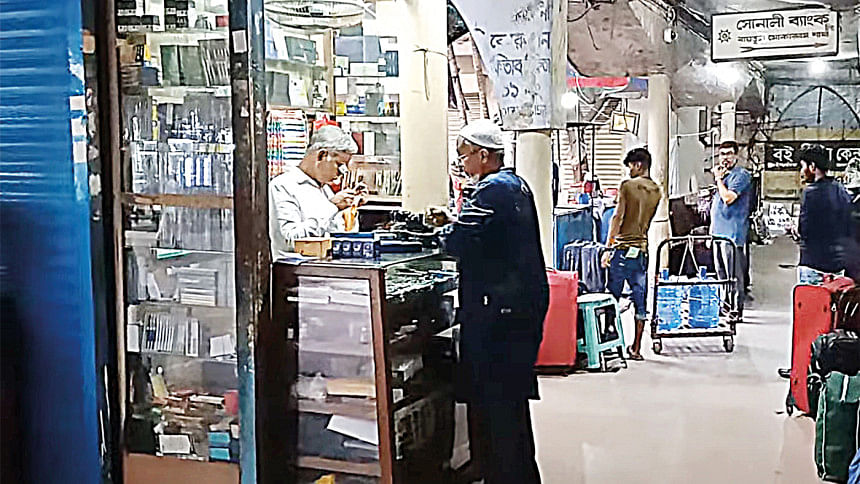
There was a time when pens had "health issues" and needed to be taken to the "Pen Hospital." These were makeshift roadside stalls or small shops where skilled artisans—pen repairmen and engravers—restored broken nibs, leaky reservoirs, and cracked barrels with careful precision. Especially in Dhaka during the 1970s and '80s, these craftsmen were a common sight.
The popularity of fountain pens, dip pens, and felt-tip pens gave rise to this craft. Repairmen sat near busy areas like Chawk Bazar, Baitul Mukarram, Patuatuli, and the courts, armed with wooden boxes or briefcases filled with tools. Using discarded or broken pen parts, they could assemble a new pen—often from scratch. Yet, despite their skill, these artisans never gained formal recognition as a distinct profession.
In Europe, the equivalent was known as a "pen maker and engraver." While South Asia lacked such a title, the roles were similar. Some repairmen specialised in polishing or engraving names on pen bodies, watches, and even bicycles. Young students, eager to mark their belongings, would get their names engraved—paying a modest fee per letter. These artisans were affectionately called "pen doctors" or "pen engineers."
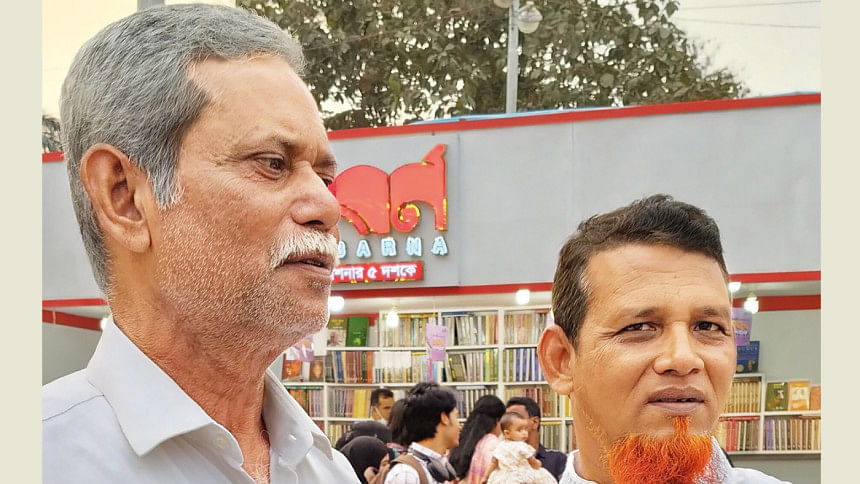
In cities like Dhaka, Rajshahi, Pabna, and Rangpur, pen hospitals often emerged near major colleges. Many repairmen also ran small shops selling pens and ink. Others were itinerant, visiting schools and offices in search of work. One would hear school caretakers call out, "Kids, the name-writer is here!" Middle-aged men with dusty briefcases would set up just outside school gates, offering engraving and minor repairs.
The most artistic part of their work was name engraving. Using tools like miniature chisels and handheld hammers, they would etch names into plastic or metal pen surfaces with astonishing accuracy. Some even offered engraving in Bengali, English, Urdu, or Arabic. The tools they used resembled thin pens, each suited for different materials—watches, nameplates, or pen bodies.
With the spread of ballpoint pens in the mid-1990s, demand plummeted. School corridors that once bustled with children queuing to engrave their names on fountain pens fell silent. Still, a few continued to adapt. Mohammad Shahab Uddin Mir of Kishoreganj, now in his late 60s, began in 1982 under the guidance of his uncle. Today, he etches names onto mobile phone covers and motorcycles instead.
According to Shahab Uddin, he can engrave 12 letters per minute in multiple languages. Back in the 1990s, he earned Tk 1 per engraved pen. Today, he charges Tk 5 per letter. In regions like Chattogram and Faridpur, locals used to refer to such artisans as "nokkashi" or "nakashi"—terms not widely used elsewhere.
There's evidence that similar "pen hospitals" existed outside Dhaka. In 1962, one such shop opened in Pabna's Indrapatti area, near Edward College, and continued operating until 2005. Students not only bought new pens there but also repaired their old ones.
While engraving was beautiful and affordable, pen repair was often costlier and more time-consuming. In the 1980s, engraving might cost Tk 2, but repairing a fountain pen could cost anywhere between Tk 5 and Tk 40. Curious schoolboys would often gather for hours just to watch the intricate work.
Pen engravers and repairmen gradually disappeared with the rise of mass-produced plastic pens and digital writing. However, a few names still persist—Abdul Quddus and Mohabbat Mostafa in Dhaka, and Imtiaz Ali and Dilip Basak in Kolkata. They are among the last to carry the legacy of this profession, holding onto their craft despite minimal demand.
There were always two kinds of craftsmen—those who could engrave and those who could repair. But the few who mastered both were rare and revered.
Today, pen repair may be obsolete, but engraving survives in fragmented form. Fountain pens still exist as luxury items, and some enthusiasts continue to seek out these artisans. Government offices and courts once had regular ink and pen vendors who often doubled as repairmen. In Dhaka's New Market or Gulistan, names like Khokon, Kalam, and Shafique were once well-known.
As digital communication dominates and handwritten letters fade away, the memory of these pen artists—engravers and repairers alike—deserves to be preserved. They were more than craftsmen. They were the guardians of tools that shaped ideas, carried knowledge, and recorded history.
Amain Babu is a journalist and researcher.



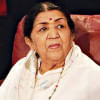
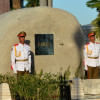
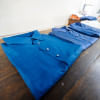




Comments